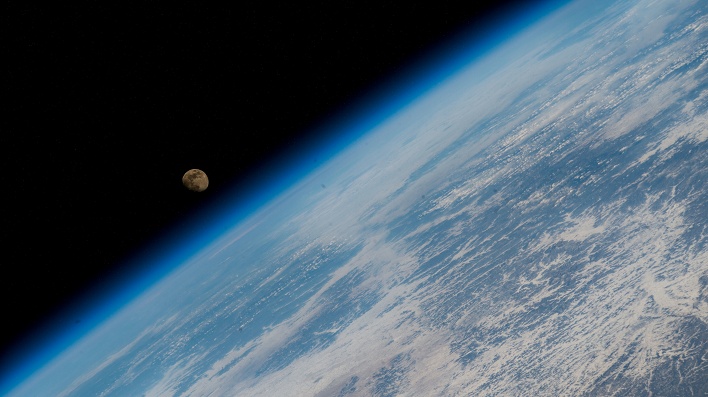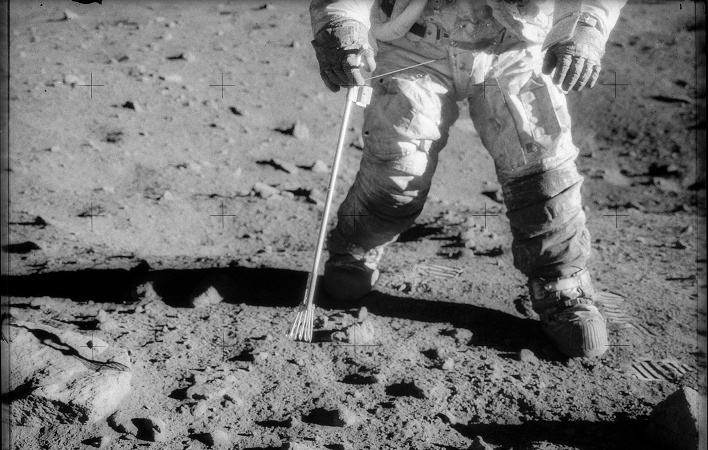Scientists Torn On Lunar Proposal To Dim The Sun With Moon Dust To Tackle Climate Change

Bromley, a theoretical astrophysicist who primarily studies how planets form, remarked, "Making planets involves collisions, and we learned from that research that a comparatively small amount of dust can go a long way in intercepting starlight. That got us to think about dust as a way to dim the sun."
The research from the trio was shared in a new paper, published in the journal PLOS Climate. The team's first thought was to place a platform that ejects space dust at the Lagrange point L1, which is located directly between the Earth and the sun. However, this idea was nixed due to the fact that the dust would quickly be blown away as the L1 point is not stable enough to maintain a dust shield.

There is still the issue of how to get the moon dust to the ideal Lagrange L1 point. "If we can get the infrastructure to the lunar surface, launching the dust from there is much easier because of the moon's weaker gravity compared with Earth," explained Bromley. Dust would be ejected from the surface of the moon and sent on a course to the L1 point.
If it were possible to get the dust into place, there is still the issue of it not staying put. The pressure of sunlight on the grains of dust would force them away in a matter of months, so it would need to be replenished on a regular basis. In an interview with Inverse, Bromley says you would "need a precisely milled dust grain to stay at the Lagrange point."
The process would require what Bromley describes as "a huge effort on the part of humanity to implement." This is because a mammoth amount of moon dust would be required, about 94 million tons, every year. This would also need to be sustained for the foreseeable future in order to avoid possible catastrophic termination shock.
Bromley added, "We went without consideration of feasibility. We were playing with ideas; reality will rein them in." He also pointed out that if an idea like this were to be undertaken, that "this is not a pass for our work on climate change, despite the huge effort - this is a temporary fix."

